
The legend of Yoshitsune in Hokkaido
There are only a few days left in 2019, and 2020 is fast approaching.
The New Year's holiday can last up to nine days in a row for some people, so many people will be going back home to visit their hometowns or traveling.
It would also be interesting to unravel the history and legends of the places you visit.
This time, we will introduce the legend of Minamoto no Yoshitsune that is passed down in Hokkaido.
Minamoto no YoshitsuneHis childhood name was Ushiwakamaru.Tengu on Mount KuramaHe is said to have been taught swordsmanship by
After the battle with the Taira clan ended, he came into conflict with his half-brother Minamoto no Yoritomo, who founded the Kamakura shogunate. He fled to the Fujiwara clan of Oshu, but committed suicide at Kinugawa in Hiraizumi.
The life of Yoshitsune, a man of great military talent who died a tragic death, evoked people's sympathy and gave rise to the term "hikan-hiiki" (favoring the underdog) and various stories and legends.
A famous legend says that Yoshitsune did not die in Hiraizumi, but crossed the sea to the continent,Genghis KhanThere is something that has become like this.
Regardless of whether it's true or not, I think it's a romantic and interesting legend.
Another famous legend is that of a man who traveled to Ezo, which is now Hokkaido.Legend of Yoshitsune's Northern Journey" There is.
HokkaidoBiratori Town(Viratori) has a name that is simply "Yoshitsune Shrine" There is.
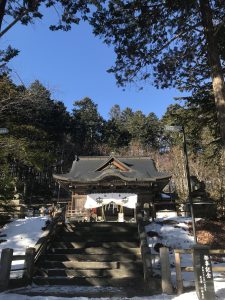

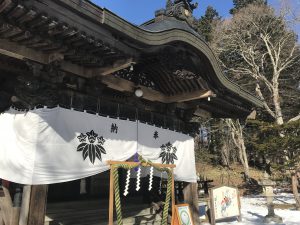
It is said that the tradition began in 1798, when Kondo Juzo, who came to Ezo to conduct northern research, identified a hero named Okikurumi, who was revered by the Ainu, with Minamoto no Yoshitsune. The following year, in 1799, he had a Buddhist sculptor create a statue of Minamoto no Yoshitsune and gave it to the Ainu to worship.
According to legend, Yoshitsune was known as "Hangan Kamuy" by the Ainu people.
This is a photo I took when I actually visited Yoshitsune Shrine.
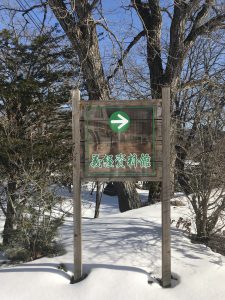

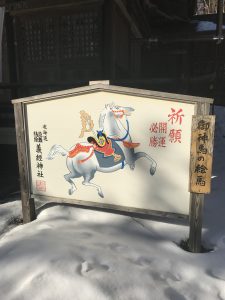

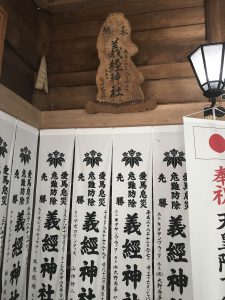
Also, in HokkaidoAsahikawa Cityfor,"YoshitsunedaiThere was a hill called "Kamikawa-jinja Shrine" on which there were remains of an Ainu castle. In 1893 (Meiji 26), when the Tondenhei soldiers began settling in the Kamikawa region, Kamikawa Shrine was built here as the guardian deity of the development of the Kamikawa region and the guardian deity of Asahikawa. (The current Kamikawa Shrine has been relocated to a different location.)

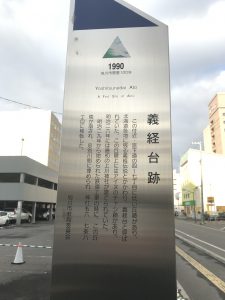

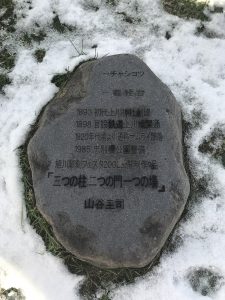
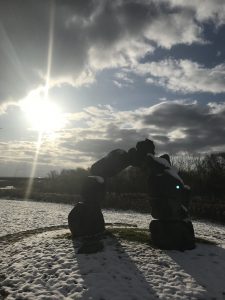
I was born and raised in Asahikawa and lived there until high school, but at the time I had never heard of Yoshitsune-dai. When I came across it by chance this time, I decided to do some research.
There may be surprising history and legends about your hometown or the place where you live that you don't know about.
They are currently airing a special end-of-year program called "Excessive Urban Legends," so if you take the opportunity over the New Year holidays to look into it, you might find it to be true.
Photo: Keijiro Watanabe (personal photo)
Text by Keishiro Watanabe
■ Keishiro Watanabe (Kei-chan)
Born in Asahikawa, Hokkaido. Graduated from the School of Human Sciences at Waseda University. An independent researcher of yokai. Certified Information Systems Auditor (CISA).
He currently works as a management and IT consultant, residing in Sapporo, Hokkaido, and traveling throughout the prefecture and Tokyo. However, he studied folklore and cultural anthropology at university, and continues to research yokai as his life's work.
I am currently writing articles about monsters associated with Hokkaido, where I currently live, as well as current news about business and economics.
Twitter:https://twitter.com/keishiro_w

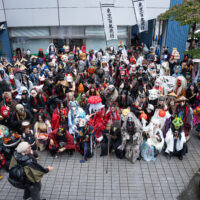
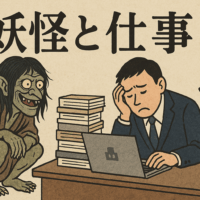
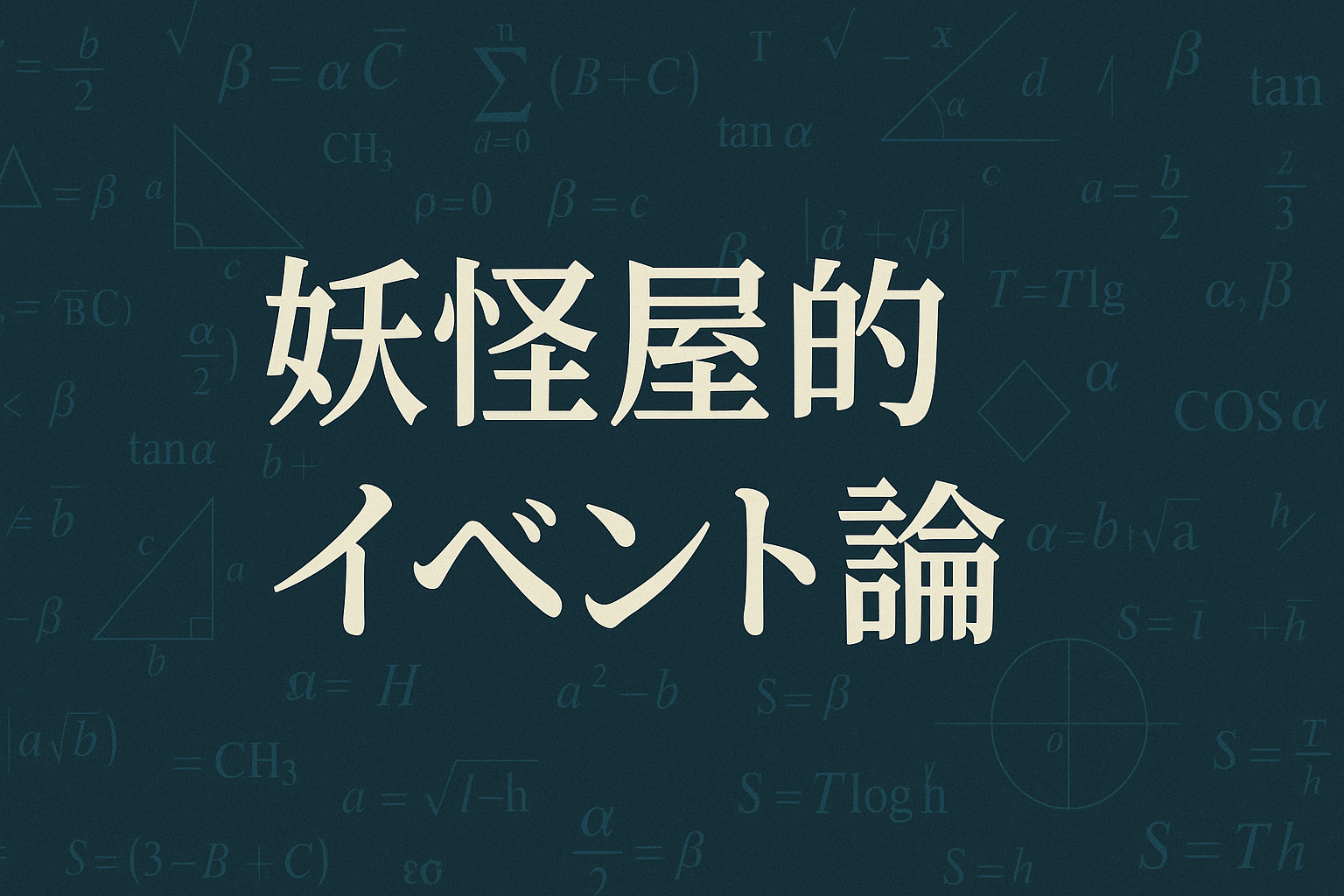



No comments yet.